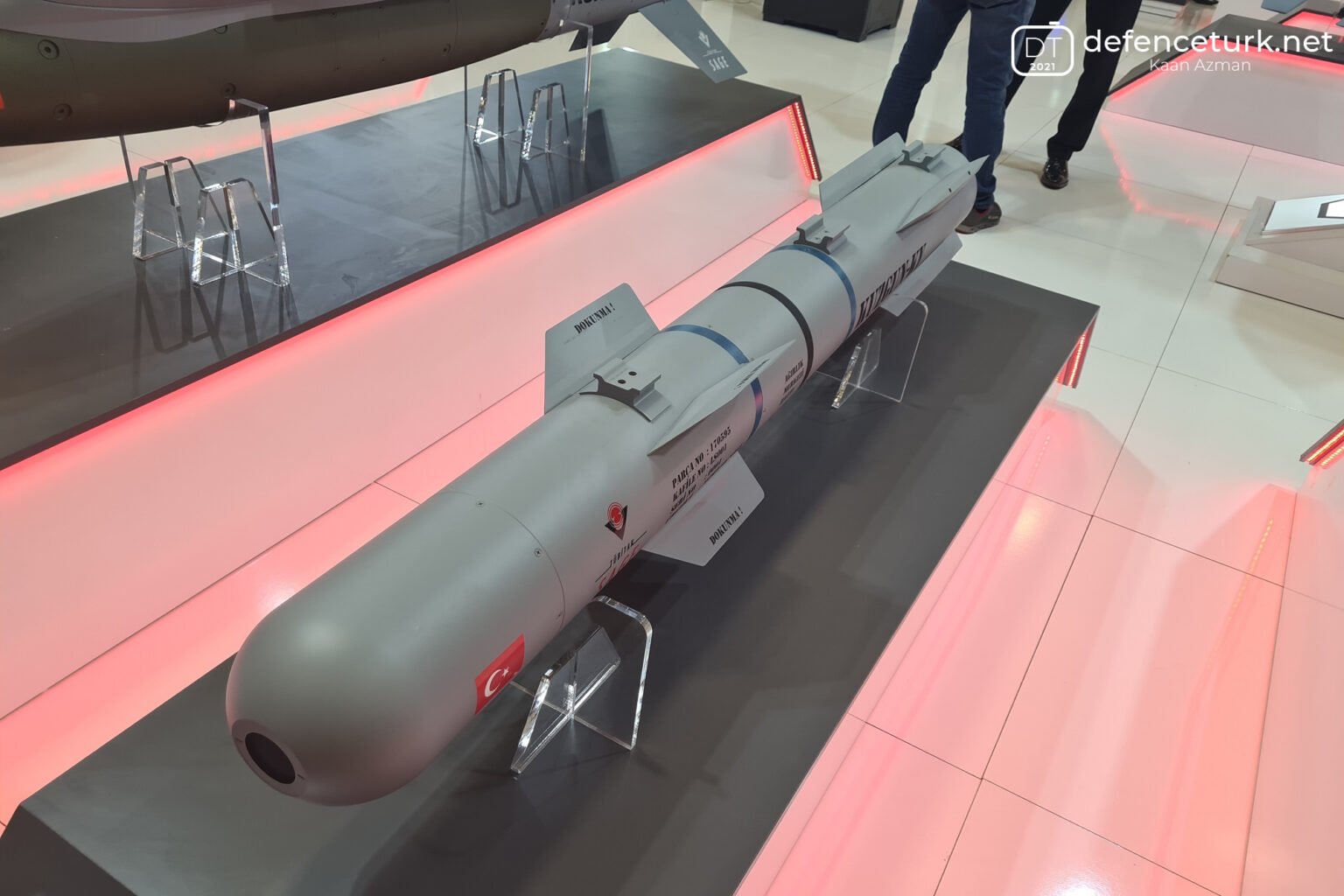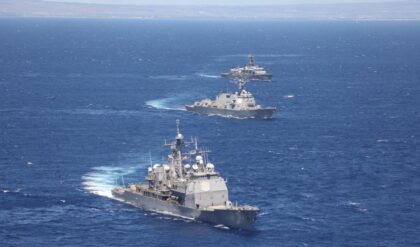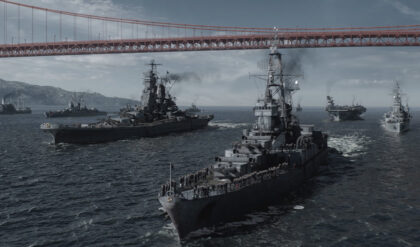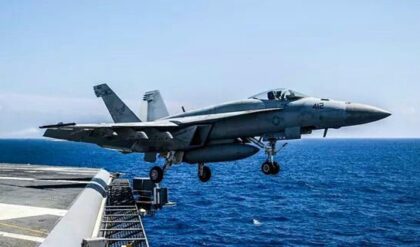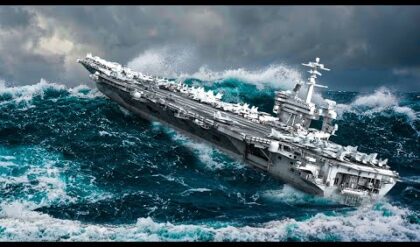During the IDEF-2021 exhibition, which took place in Istanbul from 16 to 20 August this year, the Turkish corporation Roketsan presented its new development – a ground version of the cruise missile Atmaca, called Kara Atmaca.
 Photo credit: Roketsan
Photo credit: Roketsan
The publication of the European Defense Review portal states that Roketsan showed only a model of this missile complex at the exhibition.
However, it seems that Roketsan Corporation already has a prototype of the ground version of the Atmaca rocket, otherwise it would not have planned to start testing it in 2022.
If the test cycle is successful and on schedule, the Turkish Armed Forces will receive a nationally developed surface-to-air missile system in 2025.
The portal claims that work on the ground version of the Atmaca rocket – Kara Atmaca – Roketsan Corporation began in 2019.
The main difference – Kara Atmaca has become multi-purpose and is designed not only to destroy ships but also ground targets, such as missiles, fortifications or communications, positions of enemy troops, and more.
Tactical and technical characteristics of the promising Kara Atmaca missile are sharpened for “multi-purpose”. Its stated range is 280 kilometers, but the authors of the European Defense Review called this assessment “conservative.”
The basic ground version of this missile from the ship – a longer hull length (6 meters vs. 5.2 meters with an accelerator in the ship version), greater launch weight (890 kilograms vs. 750 kilograms), greater warhead weight – 250 kilograms against 220 kilograms.
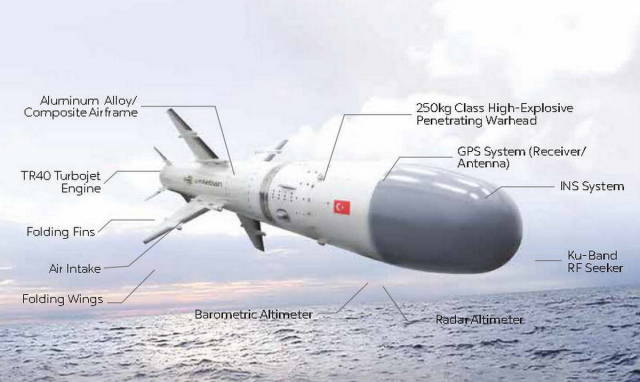
Differences in onboard equipment – anti-ship missile Kara Atmaca in the ground version, in contrast to the basic “ship” version, received a navigation system TERCOM, which allows you to fly at low altitudes, bypassing the uneven terrain.
It is also announced that Kara Atmaca will have the option of retargeting in flight, and the missile’s onboard equipment will be able to collect intelligence on the flight route, in particular – to assess the damage received after hitting the previous missile.
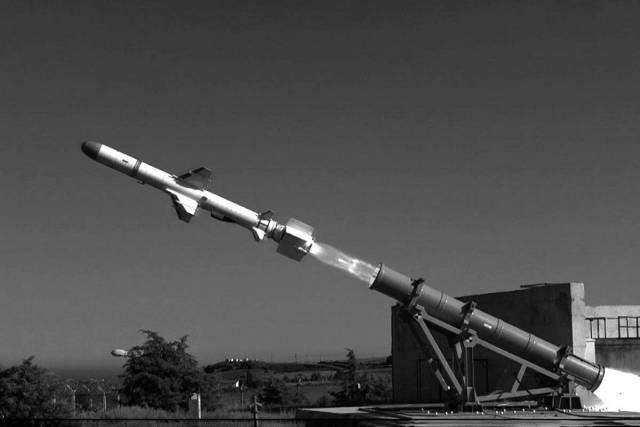
The designers of the Turkish defense corporation Roketsan have radically improved their cruise missile Atmaca, mass production of which began this year: they have expanded the range of targets that can hit Kara Atmaca, and essentially created the ability to produce missiles of this complex “swarm” that can collect in-flight information to evaluate the results of the previous strike, and also to re-aim during the flight.
